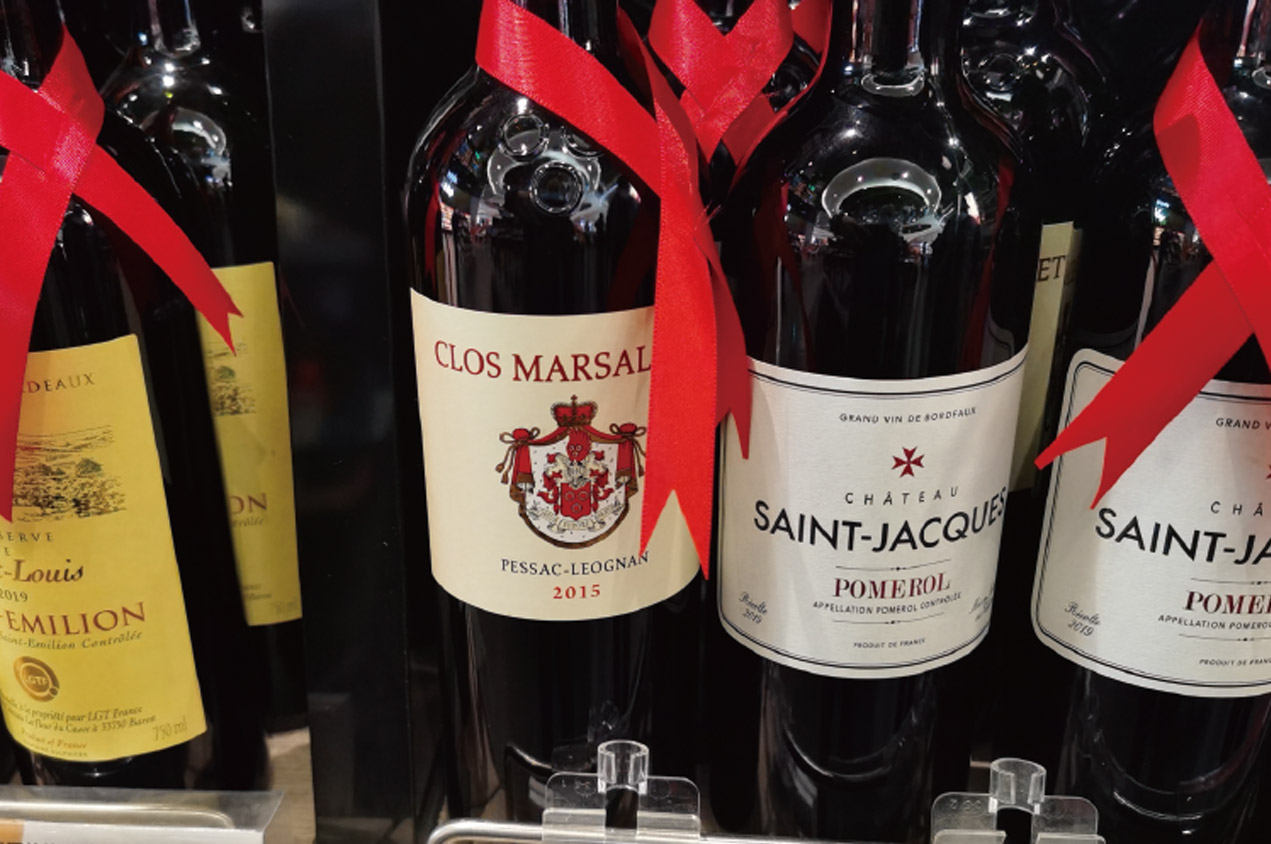When it comes to wine tasting, how should we taste it? Many Asians believe that wine tasting is about discussing a range of flavors and aromas of wine, but this is not the case. Those precise aromas are masterpieces of wine writers. When readers ask how this wine tastes, it is difficult to satisfy their needs with just one sentence: "The taste is good.". More importantly, wine writers taste thousands of wines every year. Do they always say "this Pinot Noir wine has a cherry aroma"? So it is necessary to concretize the aroma, and then the aromas of black cherries, wild cherries, sour cherries, drunk cherries, cherry jam, cherry liqueur, and so on will follow.
But of course, just smelling the aroma does not fully taste wine. So, how should we taste wine comprehensively? Below will be a list of 6 wine tasting methods. Although this does not mean everything about tasting wine, if you miss any of the following points, you will not be able to fully taste wine.
1. Complexity: When evaluating the quality of wine, the highest standard is complexity. When you open a bottle of wine, it presents different aromas and flavors every once in a while, which is the complexity of wine. A great wine may not necessarily have strong strength, but it must be complex. The aroma and taste constantly change, never ending.
But complexity is not just about diversity. Flavors and aromas are just diverse wines without cohesion, truly complex wines must be able to constantly surprise people. Complexity is not just a small skill, it is a characteristic that only great wines can possess.
2. Texture: The texture of wine is often overlooked, but please note that texture is the most important hidden characteristic of wine, which is particularly prominent in white wine. The best basis for evaluating dry white wine is its texture.
If you are fortunate enough to taste Burgundy white wines from the 1950s, you will be surprised to find that Burgundy's Chardonnay has a thick texture and a rich flavor. Why is this happening? This is caused by low grape fruit yield. Texture is also important for the aging ability of wine. Generally speaking, wines with thinner textures have a lighter flavor and shorter aging time. Don't be too concerned about the taste and obvious taste of new oak barrels in wine. Texture can tell everything.
3. Mid flavor density: For many people, the concentration of mid taste is often difficult to understand. The easiest way to understand this concept is to take a hard and rich candy heart and hold it in your mouth. You keep sucking on the sugar, gradually feeling the hard and rich candy heart, and you will find that there is still more to explore. Look! This is the concentration of intermediate flavors.

Learn how to taste a bottle of wine so you can have a good conversation on any occasion

The Division of labor of the School of Continuing Education will organize all the staff to gather together in the form of tea party to celebrate the 39th Teacher's Day, which belongs to our own holiday. The Teachers' Day activity was presided over by...

The wine rumors of those years are displayed here